Attention all diabetics! Can diabetics eat corn? Is it safe to eat? We've got the scoop! Learn about the glycemic index of corn and discover how to incorporate it into your diabetes-friendly diet.
Check out this blog post to satisfy your corn cravings without compromising your health goals.
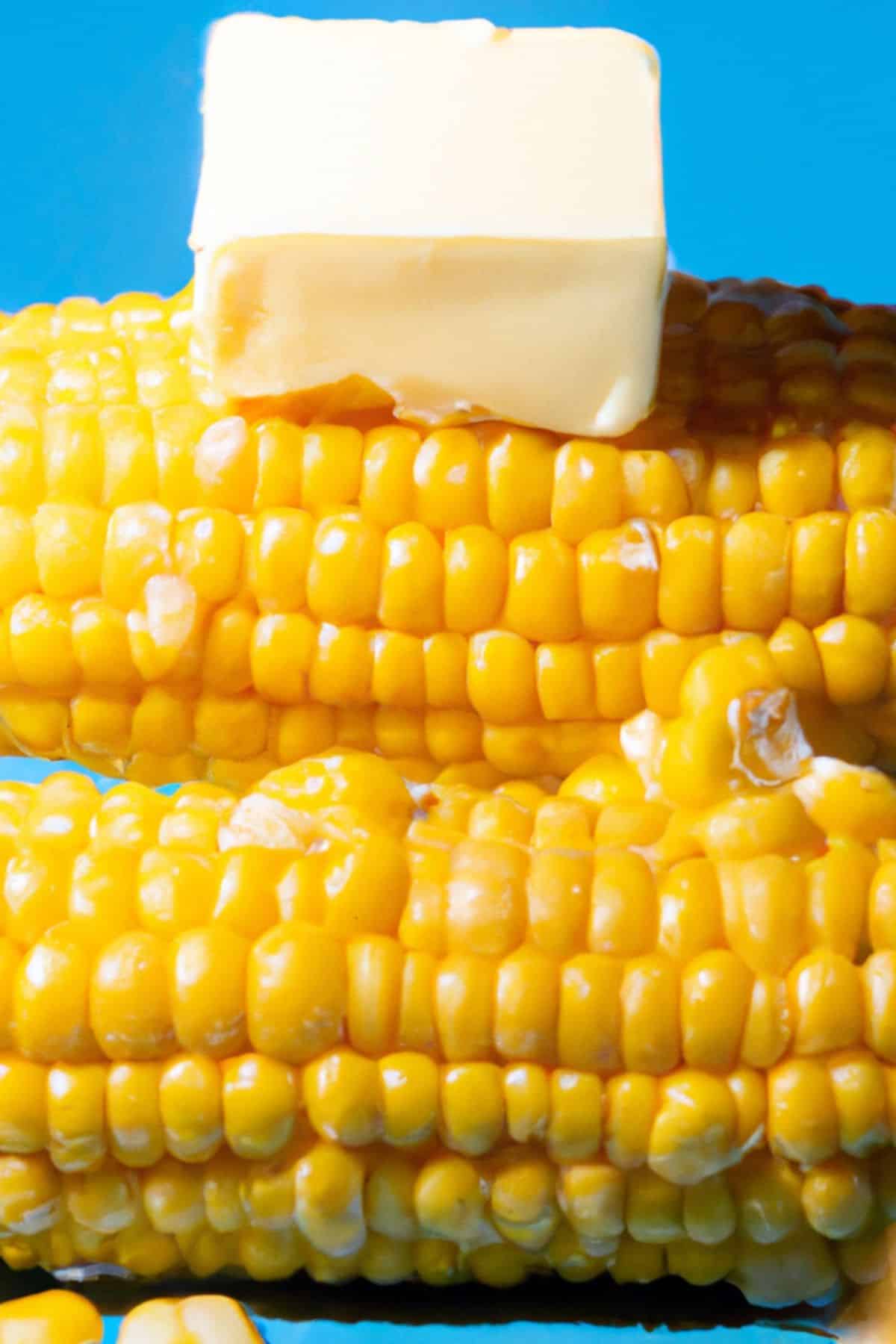
Jump To:
- Why is this an important question for diabetics?
- Vegetarian low carb recipes you might enjoy
- Understanding Diabetes
- Nutritional Value of Corn
- How does corn affect blood sugar levels?
- Eating corn as part of a diabetic diet
- Other considerations while eating corn as a diabetic
- Frequently Asked Questions
- Final thoughts on whether diabetics can eat corn
If you're a diabetic and a fan of corn, you may be wondering if it's safe to consume. Corn is a starchy vegetable that contains carbohydrates, which can affect your normal blood sugar levels.
However, the good news is that diabetics can enjoy corn in moderation as long as they take certain precautions. Understanding the low glycemic index of corn and practicing portion control are essential in managing blood sugar levels while still enjoying the delicious taste of corn.
You might also be interested in Diabetic Breakfast Fast Food Options: A Comprehensive Guide.
Why is this an important question for diabetics?
For people with diabetes, it's crucial to maintain stable blood sugar levels to prevent complications and manage their condition effectively. As a result, they must be careful about what diabetes eat, particularly when it comes to starchy foods like corn.
Corn is a staple food for many people, and diabetics may be concerned about whether or not it may increase blood sugar and if they can include it in their diet.
By understanding the impact of corn on blood sugar levels and how to consume it in moderation, diabetics can make informed choices about their healthy diet while still enjoying their favorite foods.
It's essential to stay informed about which foods are safe to eat and which ones should be consumed in moderation, particularly for people with diabetes.
Vegetarian low carb recipes you might enjoy
Understanding Diabetes
Diabetes is a chronic medical condition in which the body cannot properly regulate blood sugar levels. This happens when the body either doesn't produce enough insulin or can't use insulin effectively. Insulin is a hormone that helps regulate blood sugar levels by allowing glucose to enter the body's cells for energy.
When insulin is not functioning correctly, glucose builds up in the bloodstream, leading to high blood sugar levels.
High blood sugar levels can cause a range of complications over time, including damage to blood vessels, nerves, and organs such as the kidneys and eyes.
This is why managing blood sugar levels is crucial for people with diabetes to avoid these long-term complications. Diabetes can be managed through a combination of medication, lifestyle changes, and careful monitoring of blood sugar levels.
Controlling blood sugar levels is essential for managing diabetes because high blood sugar levels can cause serious complications over time.
These complications can affect various organs, including the heart, kidneys, eyes, and nerves.
By monitoring and regulating blood sugar levels through a combination of medication, diet, and exercise, people with diabetes can prevent or delay the onset of these complications and maintain their overall health and well-being.
Therefore, understanding how to manage blood sugar levels is crucial for effective diabetes management and long-term health.
Find out more with the American Diabetes Association or Diabetes Canada.
Nutritional Value of Corn
Corn is a nutrient-dense vegetable that is packed with essential vitamins and minerals. One cup (166 grams) of cooked yellow corn contains approximately:
- Carbohydrates: 31 grams
- Fiber: 3.6 grams
- Protein: 3.5 grams
- Fat: 2.5 grams
- Calories: 143
In addition to carbohydrates and fiber, corn is also a good source of vitamin C, thiamin, and folate. It also contains smaller amounts of other essential vitamins and minerals, such as vitamin B6, potassium, and magnesium.

When it comes to comparing different types of corn, fresh corn is considered the healthiest option as it retains most of its nutrients and has no added ingredients. Canned corn may contain added salt and sugar, which can increase its calorie and carbohydrate content. One cup of canned corn (240 grams) contains approximately:
- Carbs: 32 grams
- Fiber: 4 grams
- Protein: 4 grams
- Fat: 1 gram
- Calories: 132
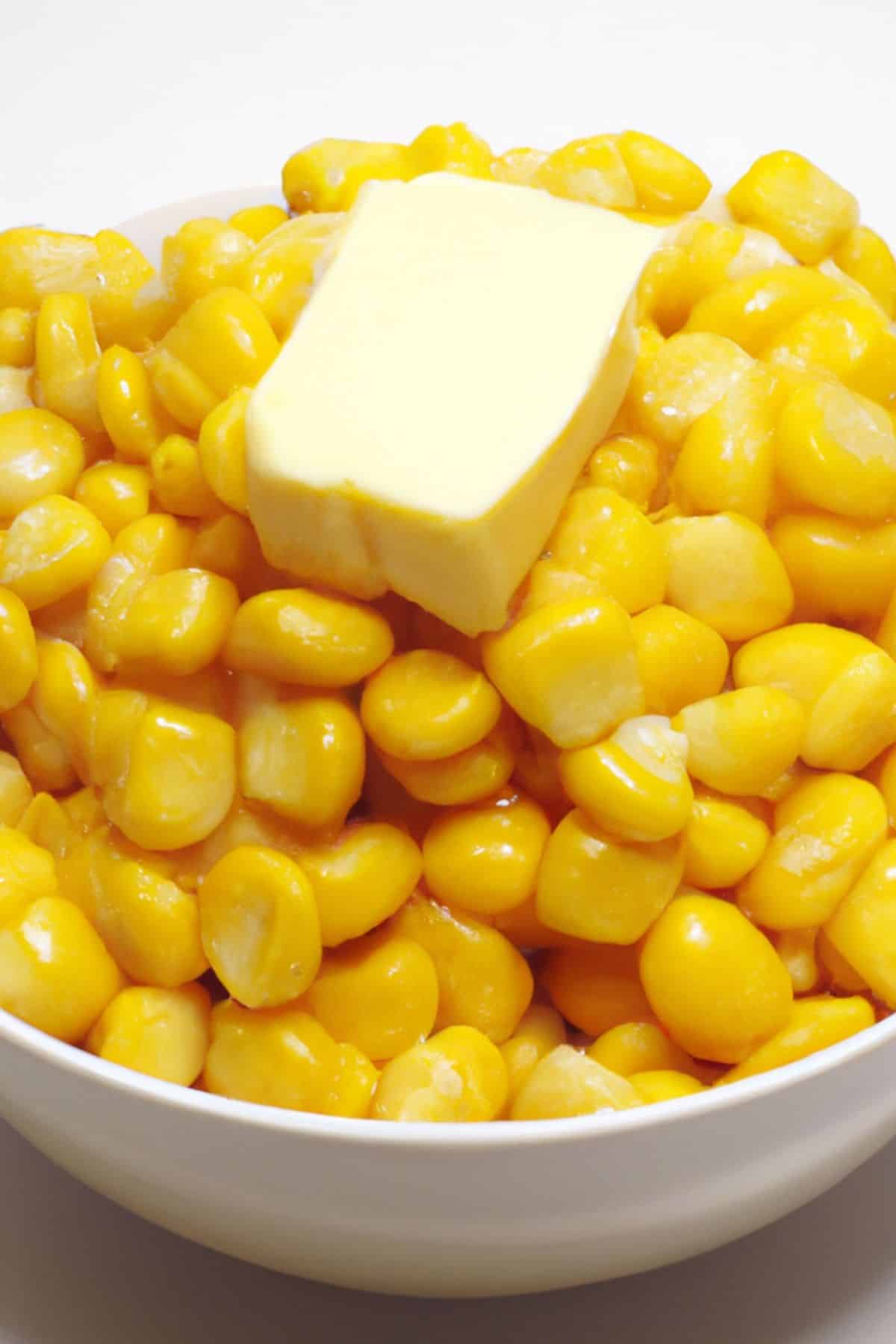
Popcorn is a unique type of corn that is low in calories and high in fiber, making it a healthy snack option when consumed in moderation. One cup of air-popped popcorn (8 grams) contains approximately:
- Carbohydrates: 6 grams
- Fiber: 1 gram
- Protein: 1 gram
- Fat: 0.4 grams
- Calories: 31

Overall, corn is a nutritious addition to a balanced diet, particularly for those looking to increase their carbohydrate and fiber intake. However, it's essential to practice portion control and pay attention to any added ingredients when consuming canned or processed corn products.
How does corn affect blood sugar levels?
Carbohydrates are an essential macronutrient found in corn, and they play a significant role in regulating blood sugar levels in people with diabetes.
When carbohydrates are digested, they are broken down into glucose, which enters the bloodstream and raises blood sugar levels. For people with diabetes, it's important to monitor their carbohydrate intake to avoid spikes in blood sugar levels.
This is where the glycemic index (GI) becomes crucial in choosing foods for a diabetic diet. The glycemic index is a scale that ranks foods based on how quickly they raise blood sugar levels.
Foods with a high GI value are quickly digested and cause a rapid increase in blood sugar levels, while foods with a low GI value are digested more slowly and cause a slower, steadier increase in blood sugar levels.
When it comes to corn, the GI value can vary depending on the type and preparation method. For example, fresh corn on the cob has a medium GI value of around 56, while canned corn has a higher GI value of around 60.
Popcorn, on the other hand, has a relatively low GI value of around 55, making it a good snack option for people with diabetes.
It's important to note that the GI value of a food is not the only factor to consider when choosing foods for a diabetic diet. Portion size, preparation method, and overall nutrient content should also be taken into account.
A registered dietitian can provide personalized guidance on how to incorporate corn and other foods into a balanced diabetic diet while managing blood sugar levels effectively.
Eating corn as part of a diabetic diet
For people with diabetes, incorporating corn into their diets can be a healthy and enjoyable addition while still controlling their blood sugar levels.
In keeping blood glucose levels, it's important to pay attention to serving sizes and preparation methods.
When it comes to serving sizes, a good rule of thumb is to aim for about ½ cup of cooked corn, which contains approximately 15 grams of carbohydrates.
Pairing corn with a source of protein or healthy fat, such as grilled chicken or avocado, can also help slow down the absorption of carbohydrates and prevent blood sugar spikes.
In terms of preparation methods, it's best to avoid adding extra sugar or salt to corn dishes, as these can increase the carbohydrate and sodium content.
Grilling or roasting fresh corn on the cob with a sprinkle of herbs and spices is a healthy and flavorful option. Canned corn can be rinsed with water to remove any excess salt, and added to salads or soups for added nutrition and texture.
For popcorn lovers, air-popped popcorn is the best option as it is low in calories and high in fiber. Avoid pre-packaged popcorn that is coated in butter or sugar, as these can significantly increase the carbohydrate and calorie content.
Incorporating corn into a balanced diabetic diet can provide a variety of essential nutrients while still maintaining blood sugar control.
Paying attention to serving sizes and preparation methods, as well as pairing corn with sources of protein and healthy fats, can help prevent blood sugar spikes and promote overall health and wellness.
Other considerations while eating corn as a diabetic
While incorporating sweetcorn into a balanced diet can provide many essential nutrients, overeating or overcooking starchy vegetables like sweetcorn can have potential risks.
One potential risk is an increase in blood sugar levels due to the high carbohydrate content in sweetcorn.
Consuming too much sweetcorn can lead to a rapid rise in blood sugar levels, which can be harmful to individuals with diabetes or insulin resistance.
Another potential risk is the formation of acrylamide, a chemical compound that can form when starchy foods like sweetcorn are cooked at high temperatures for prolonged periods. Acrylamide has been linked to an increased risk of cancer and other health problems.
To minimize these risks, it's important to consume sweetcorn in moderation and to use appropriate cooking methods.
Steaming, boiling, or grilling sweetcorn are all healthy cooking methods that can preserve the nutrients in the corn while minimizing the formation of acrylamide.
To incorporate other nutrient-dense foods when consuming sweetcorn, consider pairing it with sources of protein and healthy fats such as grilled chicken, avocado, or nuts.
Adding a variety of colorful vegetables to sweetcorn dishes can also increase the overall nutrient content of the meal. Some options include diced tomatoes, red onions, or bell peppers.
In summary, incorporating sweetcorn into a balanced diet can provide many essential nutrients, but it's important to consume it in moderation and to use appropriate cooking methods to minimize potential risks.
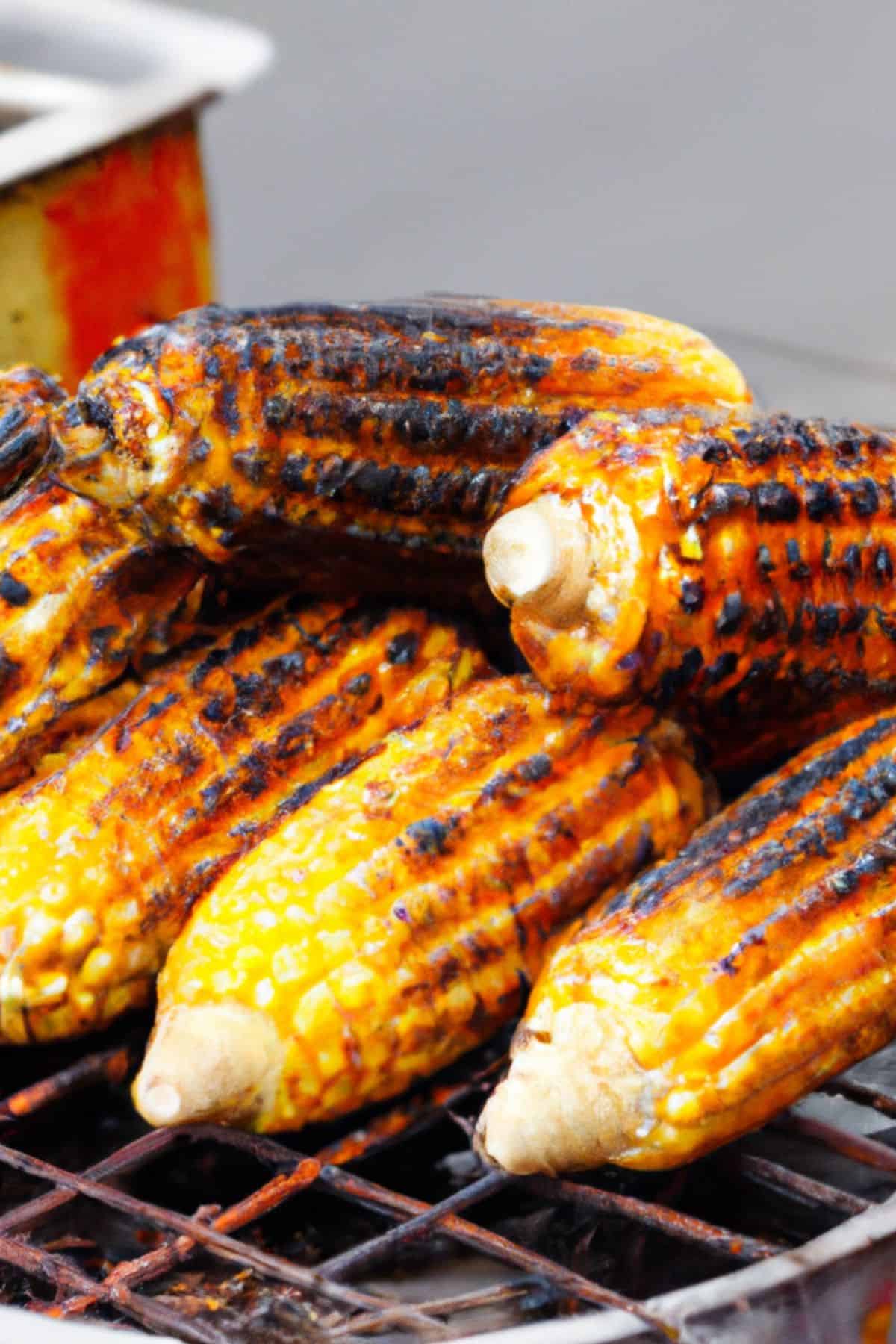
Frequently Asked Questions
Yes, there is a difference between sweet corn and yellow corn. Sweet corn contains higher sugar content than other types of corn, such as field corn or yellow corn. Sweet corn tends to be higher in sugar and lower in starch than yellow corn, which can affect its glycemic index. both are whole grains.
The recommended serving size of corn for diabetics is about ½ to 1 cup of cooked corn per day, depending on individual nutrition needs and blood sugar levels. It's important to work with a healthcare professional to develop a personalized nutrition plan.
Overeating or overcooking starchy vegetables like sweetcorn can potentially cause blood sugar spikes in diabetics. It's important to consume corn in moderation and pair it with sources of protein and healthy fats to help prevent blood sugar spikes.
Yes, diabetics can eat popcorn. However, it's important to choose air-popped popcorn and avoid adding butter, salt, or other high-fat or high-sodium ingredients. Popcorn is also a high-carbohydrate snack, so it's important to monitor portion sizes and consume it in moderation.
Final thoughts on whether diabetics can eat corn
In summary, diabetics can safely consume corn as part of a balanced diabetic diet while controlling their blood sugar levels.
Corn is a nutritious food that is high in fiber, vitamins, and minerals, and can be incorporated into meals in various forms such as fresh, canned, or popcorn.
It's important to pay attention to serving sizes and preparation methods, as well as the glycemic index of different types of corn.
Pairing corn with sources of protein and healthy fats can help prevent blood sugar spikes and promote overall health and wellness.
Potential risks associated with overeating or overcooking starchy vegetables like sweetcorn can be minimized by consuming corn in moderation and using appropriate cooking methods such as steaming, boiling, or grilling.
For readers looking to manage their blood sugar levels, it's important to work with a healthcare professional to develop a personalized nutrition plan.
Incorporating a variety of nutrient-dense foods, including corn, and paying attention to portion sizes and preparation methods can help promote stable blood sugar levels and overall health.
Regular physical activity and monitoring blood sugar levels as directed by a healthcare provider are also important components of managing diabetes.

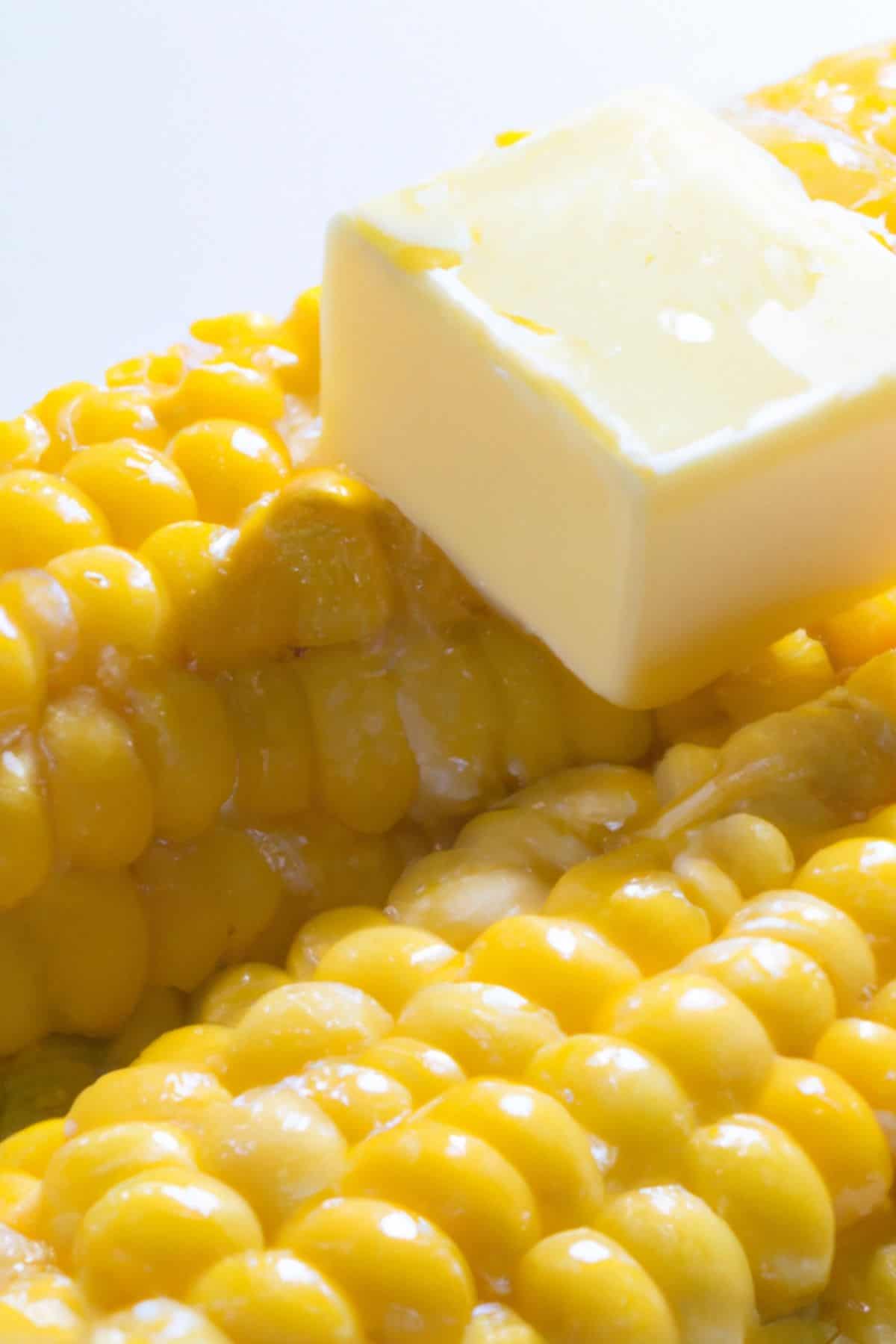



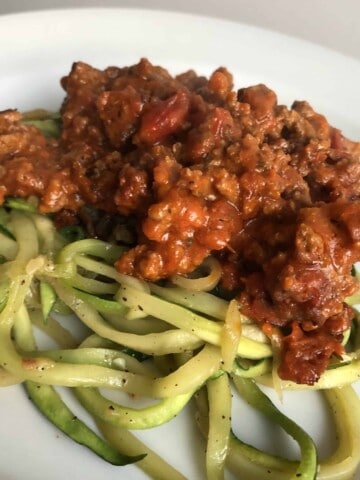
Leave a Reply